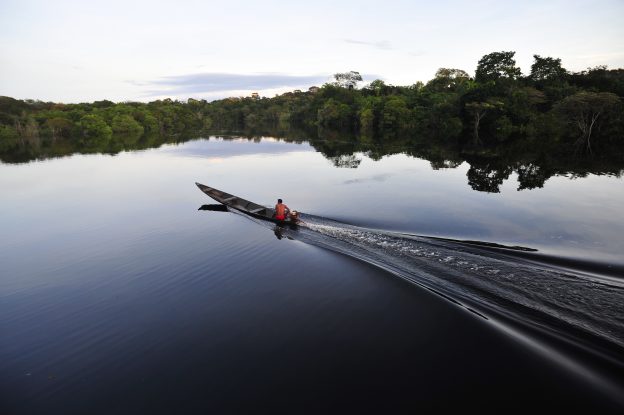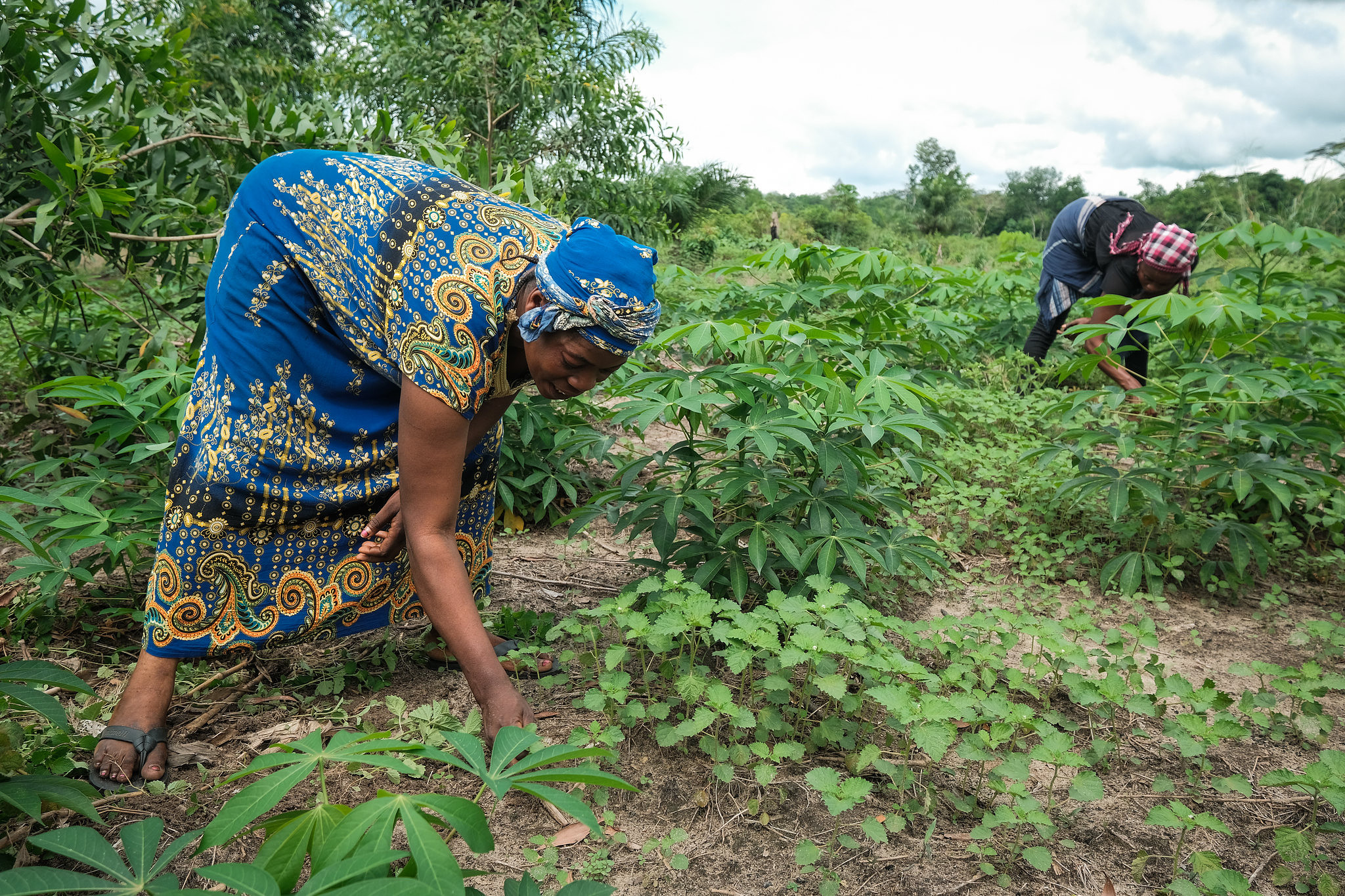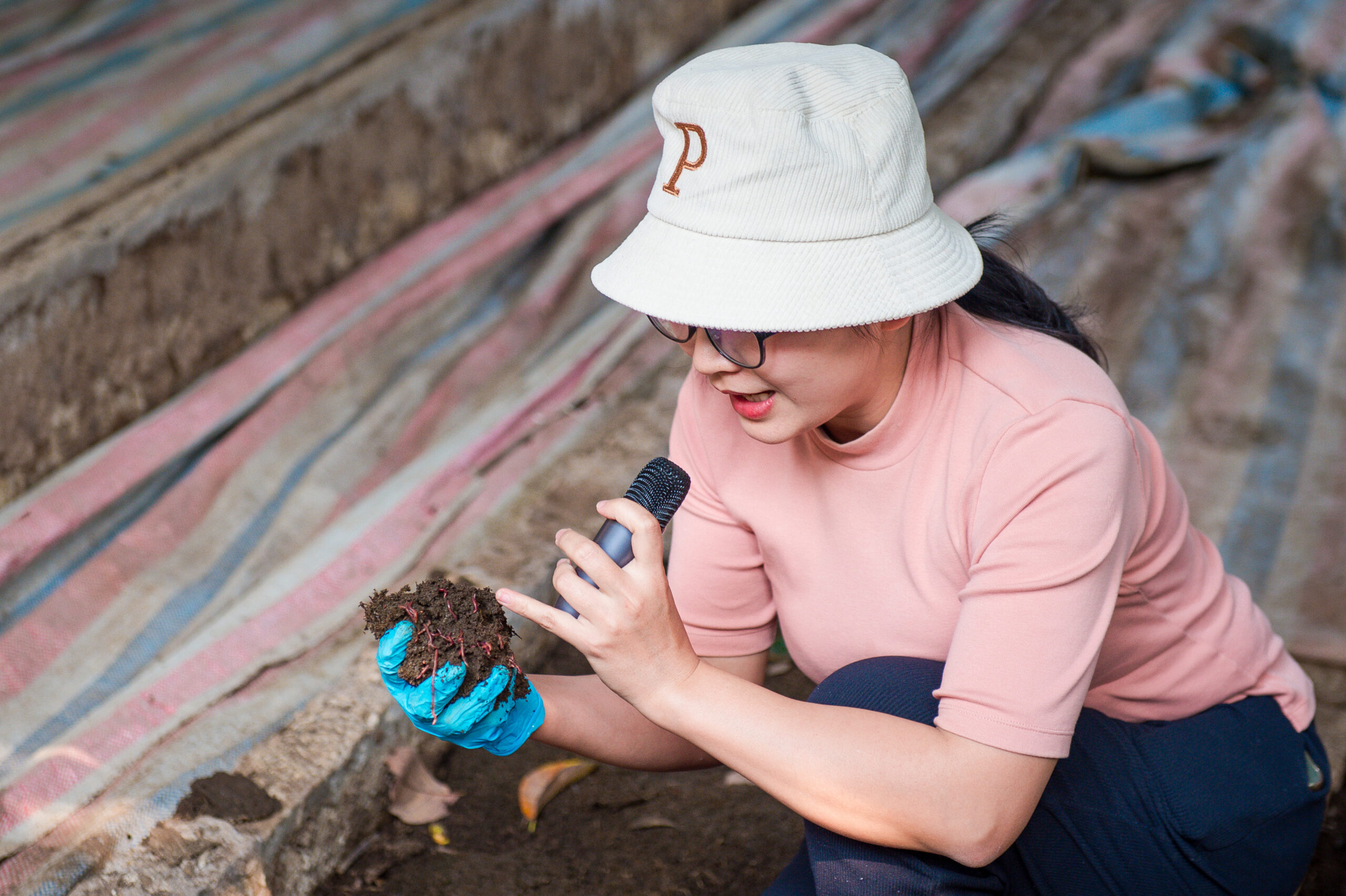On 17 December 2024, the Transformative Partnership Platform on Agroecology (AE-TPP) held its third online dialogue on Measuring What Matters. The session focused on agroecology performance metrics, exploring new tools to assess environmental, economic and social outcomes and to compare agroecology fairly with other farming approaches.
The session and event, Measuring What Matters to Foster Agroecological Transitions, examined progress in the Platform’s Metrics project, which aims to address the lack of data and tools that can measure agroecology’s performance in a holistic and comparable way.
Rethinking what counts
In her opening remarks, Marion Michaud, a policy analyst at the European Commission, noted that despite significant advances over the past decade, agroecology remains a debated tool for transforming food systems. “This calls for more systematic analysis of the performance of agroecology to produce more evidence by identifying and filling evidence gaps,” she said.
Michaud stressed that to do justice to agroecology, assessment must capture the multiple economic, environmental and social values that resilient agri-food systems generate — creating a fairer basis for comparison with other models.
“Evaluating the performance of agroecology by the same criteria as conventional farming — such as yield per hectare or farm income — would not only be inaccurate but also discriminatory,” Michaud said. Metrics must account for both positive and negative externalities linked to different farming systems.

Evidence from the field
Responding to this need, Matthias Geck, agroecological systems scientist at the Center for International Forestry Research and World Agroforestry (CIFOR-ICRAF) and coordinator of the AE-TPP, presented findings from a multi-partner study. The research applied the FAO Tool for Agroecology Performance and Evaluation (TAPE) to the German development agency GIZ’s Soil Protection and Rehabilitation for Food Security (ProSoil) programme in Benin, Ethiopia, Kenya and Madagascar.
By comparing smallholder households participating in ProSoil with those that were not, the study showed that the programme was driving significant agroecological transitions. Farmers involved in ProSoil performed better both environmentally and economically.
“This is really important, because often there’s a counter-narrative to agroecology suggesting that productivity and yields are lower under agroecological management,” said Geck. “We found a close correlation between farmers adopting agroecological practices and improvements in food security and dietary diversity.”
Sarah K. Jones, a researcher at the Alliance of Bioversity International and CIAT, shared insights from testing another tool—the Holistic Localized Performance Assessment (HOLPA)—developed through the CGIAR-led Agroecology Initiative.
HOLPA is a survey-based tool, administered via an app, which collects data on context, adherence to agroecological principles, and outcomes. It combines global indicators with locally relevant ones to ensure both comparability and contextual accuracy. It has so far been applied in Peru, Senegal, Burkina Faso, Tunisia, Kenya, Zimbabwe, India and Laos.
Researchers found that agroecology was well implemented across diverse landscapes, delivering wide benefits for biodiversity, energy use, climate resilience, human well-being, nutrition, incomes and crop health. However, it showed limited positive impact on water conservation, water stress reduction, climate mitigation and labour productivity. “This might mean that we need other drivers of change to improve those aspects,” said Jones.
Overcoming barriers
Mary Crossland, associate scientist at CIFOR-ICRAF, presented findings from a scoping study supported by Canada’s International Development Research Centre (IDRC) in Burkina Faso, Ghana and Tunisia. The research sought to identify barriers and opportunities for assessing agroecological performance, and to highlight areas for future research and investment.
The study found wide variation in how agroecology is understood, making it difficult to develop harmonized and standardized metrics. Yet, tools such as HOLPA, which combine global and local indicators, offer promising pathways.
“We need to foster collaboration across sectors and create platforms for sharing experiences—especially with different tools and best practices for measuring performance,” said Crossland. “We also need to develop methods for those hard-to-measure aspects such as social values, connectivity and synergy.”
Building blocks for assessment
So, where should agroecological initiatives begin when selecting metrics? Dave Mills, lead data engineer at Statistics for Sustainable Development (SSD), presented two products from the AE-TPP Metrics project: the Meta-Framework and the Metrics Library.
The Meta-Framework sets out eight principles and a series of steps common to holistic assessments. “One of the key messages in this meta-framework is that each step requires careful thought,” said Mills. “It provides a clear map for those who know they need to design a holistic assessment but are unsure where to start—or what comes next.”
The Metrics Library is an online collection of performance indicators drawn from more than 8,000 papers, journal articles and 200 published tools. “The goal is to bring together collective knowledge on performance metrics already in use, and to make it accessible in a useful format,” said Mills.
As he explained: “There are plenty of ‘wheels’. We don’t need to invent performance assessments from scratch. But there are also plenty of different roads, and we need different wheels for different roads. That’s why having tools adapted to specific contexts is essential.”
↓Watch the dialogue: Measuring What Matters ↓
>> Browse the related event materials to learn more about innovative tools and approaches for measuring agroecology.
Acknowledgements
This workshop was carried out through the METRICS project, which is a part of the TRANSITIONS programme and implemented by The Alliance of Bioversity and CIAT, CIFOR-ICRAF, IRRI, IWMI, The Transformative Partnership Platform on Agroecology, and the University of Vermont. It is generously funded by the European Union and managed by IFAD.











